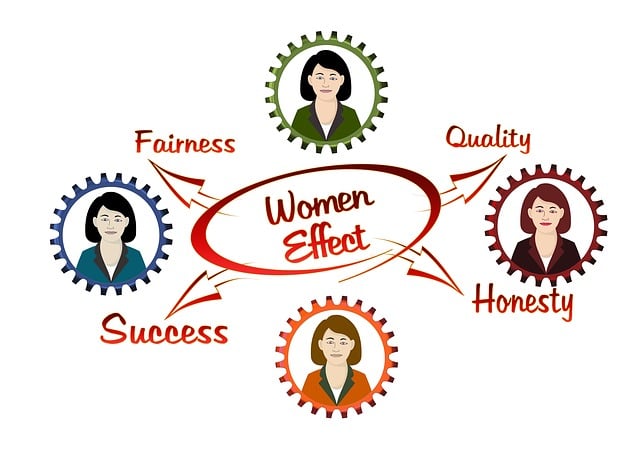Revitalizing downtown areas through strategic real estate development is a key urban trend. By investing in infrastructure, mixed-use properties, and community engagement, real estate professionals transform underutilized spaces into vibrant hubs that boost local economies and attract visitors. This process leads to increased property values, community bonding, and economic growth, while enhancing the quality of life for residents and local businesses.
Discover how downtown revitalization is transforming urban landscapes and attracting new visitors. Explore effective strategies from a real estate perspective that boost local economies and foster community engagement. Learn about the significant impact of successful revitalization on property values, making once-neglected areas vibrant hubs of activity. This comprehensive guide delves into the multifaceted benefits, highlighting key insights for both real estate professionals and community leaders.
Revitalizing Downtown Areas: A Real Estate Perspective

Revitalizing downtown areas has become a significant trend in urban development, and it’s not just about aesthetics; it’s a crucial real estate strategy. With many cities across the globe embracing this concept, there’s a noticeable shift in attracting new visitors and residents alike. This process involves transforming underutilized or neglected spaces into vibrant hubs that cater to various needs, from housing to commercial uses.
Real estate professionals play a pivotal role here, as they can foresee the potential of these areas and guide development accordingly. By investing in infrastructure, promoting mixed-use properties, and fostering community engagement, downtown revitalization becomes a successful venture. This strategy not only boosts local economies but also creates desirable, sustainable neighborhoods that appeal to visitors seeking unique experiences and residents looking for quality living.
Strategies to Attract New Visitors and Boost Local Economy

To attract new visitors and boost the local economy, downtown revitalization efforts must go beyond mere aesthetics. Implementing strategic initiatives in real estate development is key. This includes revitalizing historic buildings to create unique, appealing spaces that cater to diverse needs—from residential lofts to boutique shops and restaurants. By encouraging a mix of uses, the area becomes more vibrant and enticing for tourists and residents alike.
Additionally, smart urban planning can make the district more accessible and inclusive. Enhancing pedestrian walkways, adding public art installations, and improving transportation options ensure that the downtown core is not only visually appealing but also practical to navigate. These strategies not only draw visitors but also foster a sense of community, encouraging people to stay longer, spend more, and return frequently.
The Impact of Successful Revitalization on Property Values and Community Engagement

Successful downtown revitalization has a profound effect on the local real estate market and community dynamics. As areas transform from neglected to vibrant, property values experience significant increases. This is due to improved aesthetics, enhanced safety, and the influx of new businesses and residents attracted by the revitalized atmosphere. Higher property values not only benefit existing landowners but also stimulate further investment in the region, creating a positive feedback loop that drives economic growth.
Community engagement flourishes in revitalized downtowns. New public spaces, cultural events, and amenities encourage residents to gather, fostering a sense of belonging and pride. This increased social interaction strengthens community bonds and encourages local businesses to thrive. The improved quality of life draws visitors from surrounding areas, positioning the revitalized district as a desirable destination, which further enhances its appeal in the real estate market.






